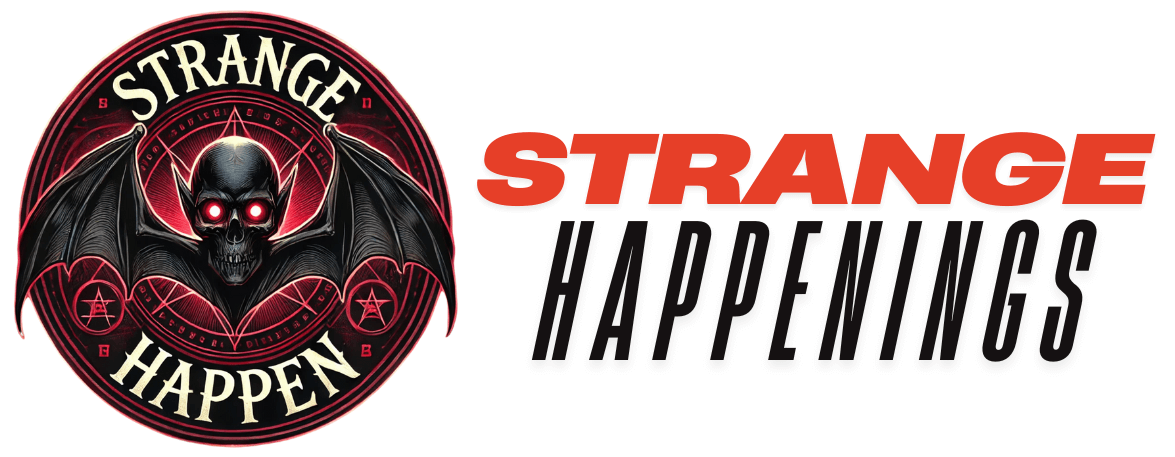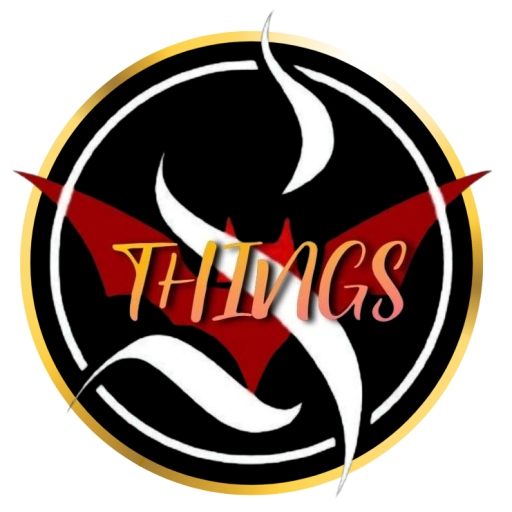Why People with Down Syndrome Look Alike: What Science Really Says

Uncovering the Truth Behind Their Shared Features and Traits
Why People with Down Syndrome Look Alike—Science, Genetics, and Human Connection
Whether you’re in Pakistan, the U.S., or anywhere else in the world, many people notice something surprising—individuals with Down syndrome often have similar faces and habits. This leads many to ask, why do people with Down syndrome look alike?
This blog explores the scientific, genetic, and emotional truths behind their appearance, behavior, and voices. Written in an engaging, human-readable format, this is your complete guide to understanding the condition that touches millions of families worldwide.
What Is Down Syndrome, Really?
Down syndrome is a genetic condition that happens when a person has an extra copy of chromosome 21. Most people have 46 chromosomes, but someone with Down syndrome has 47. That one extra chromosome changes how the body and brain grow, which is why people with Down syndrome often share certain features.
This extra genetic material affects things like the shape of the face, muscle strength, and how the brain works. That’s a big reason why people with Down syndrome look alike, no matter what country they’re from. Some common features include a flat nose bridge, almond-shaped eyes, a small chin, a single crease on the palm, and a round face. Many also have softer muscles, which can affect how they move and speak.
It also changes how the brain develops, which can affect learning, emotions, and how they express themselves. This is why their voices, smiles, and behavior sometimes feel similar too.
But it’s important to remember: they may look alike, but each person with Down syndrome is unique, with their own personality, feelings, and dreams.
🧬 What Causes Down Syndrome?
To understand why people with Down syndrome look alike, we need to look at the cause of the condition. Down syndrome happens when a person is born with an extra copy of chromosome 21—a genetic condition called Trisomy 21. Instead of the usual 46 chromosomes, they have 47, and that one extra chromosome changes how the body and brain grow from the very beginning.
This genetic difference is the main reason why people with Down syndrome look alike, as it affects their facial features, muscle tone, and developmental patterns. These changes begin in the womb and are consistent across people of all races and backgrounds.
Main Causes of Down Syndrome:
- Trisomy 21—A full extra copy of chromosome 21 in every cell
- Translocation—Part of chromosome 21 attaches to another chromosome
- Mosaicism—A mix of cells, some with an extra chromosome, some without
- Older maternal age—increases the chance, but it can happen at any age
Even though the condition can occur in any family, anywhere in the world, the extra genetic material is the shared reason why people with Down syndrome look alike in appearance and behavior.
Why People with Down Syndrome Look Alike—Explained by Genetics
Let’s break down the facts.
Shared Physical Features
- Almond-shaped, upward-slanting eyes
- A flat nasal bridge
- Small ears and mouth
- A larger tongue that may stick out
- A single crease across the palm
- Round facial shape and short neck
These physical features are caused by the same extra chromosome—and that’s why people with Down syndrome look alike, regardless of their ethnicity or background.
Do Their Habits Also Make Them Seem Alike?
Yes, and that’s what makes Down syndrome so emotionally special.
Common Behavior Traits
- Friendly and gentle personalities.
- Strong emotional connection with others.
- Preference for routine and repetition.
- A love for music and colors.
- Their learning is slow, but their joy is fast.
All of these patterns are linked to how their brains develop—and they play a key part in why people with Down syndrome look alike in how they act and express themselves.
Why Their Voices Are Similar Too
Many individuals with Down syndrome have voices that sound similar—breathy, soft, or nasal.
Why This Happens:
- Weakened oral and vocal muscles
- Smaller airways and mouth structures
- Developmental speech delays
Their shared vocal tone is yet another reason why people with Down syndrome look alike—it’s not just about their face but also how they sound.
So, why do people with Down syndrome look alike?
Down syndrome is caused by a genetic event during conception—it’s not the parents’ fault and can happen in any family.
Main Risk Factors:
- Maternal age over 35
- Random chromosomal error (most common)
- Rare inherited genetic translocation
Since it’s not caused by lifestyle or habits, it can appear in any part of the world—one reason why people with Down syndrome look alike from one country to another.
Why It Seems More Common in South Asia and Pakistan
In places like Pakistan, Down syndrome is more visible due to several social and medical factors:
- Limited prenatal testing
- Higher rates of cousin marriages
- Low awareness of the condition
- Delayed access to therapy and support
This makes the familiar facial features more noticeable—leading to even more curiosity about why people with Down syndrome look alike.
Health Issues Many of Them Face
Children and adults with Down syndrome may experience medical challenges that require extra attention.
Common Health Conditions:
- Heart defects
- Hearing or vision problems
- Weak immunity
- Hypothyroidism
- Slower motor development
These health issues are also genetically driven, adding to the consistent patterns and answering why people with Down syndrome look alike not just in appearance but in their needs.
Are They Really All the Same?
Absolutely not. While the condition causes similar traits, each individual has their own personality, emotions, and dreams.
The reason why people with Down syndrome look alike is because of the shared biology—not because they lack uniqueness. Every person still has different talents, preferences, and goals.
Busting Myths About Down Syndrome
Let’s clear up some common misunderstandings:
- ❌ Myth: Everyone with Down syndrome has a severe intellectual disability.
✅ Fact: They have different levels of ability and can learn and grow beautifully. - ❌ Myth: They can’t live independently.
✅ Fact: With proper support, many people with Down syndrome lead independent and meaningful lives. - ❌ Myth: They are always happy.
✅ Fact: They feel every emotion just like anyone else.
Misunderstanding these truths leads to stereotypes and increases the mystery behind why people with Down syndrome look alike—when the real answer is much deeper.
What Makes Them So Beautifully Special
The kind spirit of a person with Down syndrome is often what leaves the biggest impact. Their honesty, emotional strength, and unique way of seeing the world are just as important as their physical features.
That’s the deeper reason why people with Down syndrome look alike—not just in face, but in heart.
Is There a Treatment for Down Syndrome?
While there is no cure for Down syndrome, early support and proper care can greatly improve a person’s quality of life. Since the condition is caused by genetic differences, treatments focus on managing health challenges and helping individuals reach their full potential.
Understanding treatment also helps explain why people with Down syndrome look alike—because many of their shared features are connected to developmental delays and physical traits that can be supported with therapy and care.
Common Treatments and Support Options:
- Speech Therapy: Helps with language and communication
- Occupational Therapy: Builds daily living and fine motor skills
- Physical Therapy: Improves muscle tone and coordination
- Special Education: Personalized learning plans and classroom support
- Regular Health Checkups: Monitoring for heart, thyroid, hearing, or vision issues
- Family Counseling: Emotional and mental support for families
Early intervention is key. Starting support in infancy or early childhood allows individuals to develop stronger communication, motor skills, and independence over time.
Although why people with Down syndrome look alike is rooted in genetics, the way they grow, learn, and interact with the world can be shaped by the love and support they receive.
The Real Answer: Genetics, Not Coincidence
Every person with Down syndrome has an extra copy of chromosome 21. That genetic script influences
- Face shape
- Eye placement
- Muscle tone
- Brain development
That’s the clear reason why people with Down syndrome look alike across borders. It’s biology, not accident.
Conclusion: Embrace the Familiar, Celebrate the Unique
So the next time you meet someone with Down syndrome and find yourself thinking, “Why do they look like someone I’ve seen before?” — you’re not imagining it. You’re seeing the results of shared genetic patterns in action. That’s exactly why people with Down syndrome look alike across cultures and continents.
But remember: behind every familiar face is a unique individual with thoughts, feelings, and potential. Understanding the genetics behind Down syndrome doesn’t just answer one question — it opens the door to exploring how biology shapes who we are.
If you found this topic fascinating, you’ll love these other mind-blowing biological truths on Strange Happenings:
🔗 Explore More Shocking Human Biology:
- 🧠 Shocking Truth: The Human Brain Is Eating Itself – Discover the self-destruct mode hidden in your brain.
- 💅 Why Nails Grow Faster in Summer – The surprising role of heat, blood flow, and biology.
- 🧬 [Are Emotions Inherited? Genetic Roots of Human Feelings] (Coming Soon)
- 👯 [Why Identical Twins Look So Alike] (Coming Soon)
- 🧟 Zombie Beetles: When Fungi Control Insects Like Puppets – Nature’s creepiest form of biological mind control.
- 🌿 The Blood Orchid: A Plant That Defies Biology – Real or myth? The flower with strange healing whispers.
🌍 Discover More Inspiring Human Stories
For more deep dives into nature, biology, rare conditions, and the unexplained, visit
👉 Strange Happenings
Together, let’s keep exploring the world—and all its mysteries.




